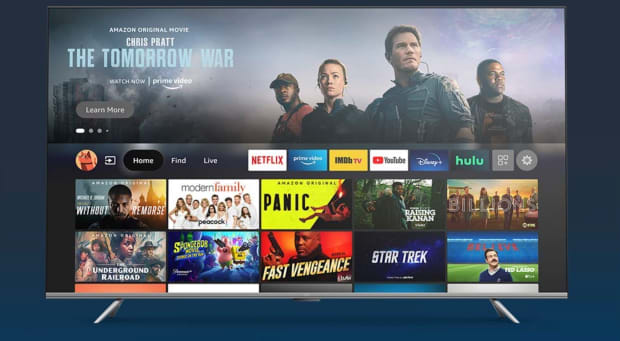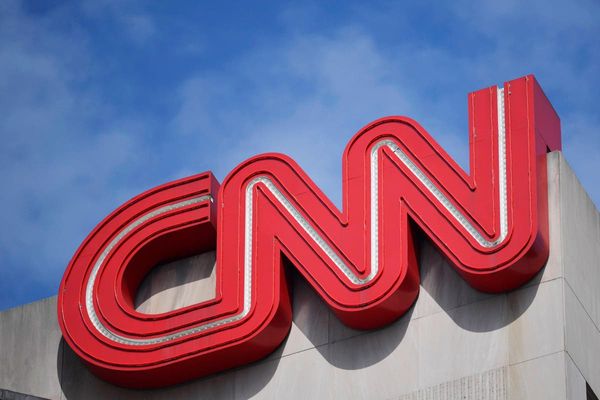
The cable industry has lost roughly a quarter of its total audience since the end of 2016.
So in six years companies including Comcast (CMCSA), Charter Communications (CHTR), DirecTV, and Dish Network (DISH) have seen their subscriber bases shrink to 71.4 million at the end of the third quarter from 93.6 million, according to data from Leichtman Research Group.
In reality, the picture actually looks a lot worse because 8 million of those customers have streaming subscriptions, many of which are not full price. That's an accelerating trend that makes a bleak picture worse for big cable.
“Spurred by a strong quarter from Internet-delivered vMVPD services, pay-TV net losses of about 785,000 in 3Q 2022 were more modest than in the first two quarters of the year,” LRG President Bruce Leichtman said.
“Not including YouTube TV, which does not regularly report subscriber totals, vMVPDs had nearly 900,000 net additions in the quarter. This was the third most quarterly net adds ever for the top publicly reporting vMVPD services.”
These services offer consumers more options to get traditional cable packages, albeit slimmed-down ones. That's a positive, but it also contains looming bad news for people who like television that few cord-cutters consider.

How Does Cord Cutting Hurt Cable Subscribers, TV Fans?
The classic cable bundle was essentially a form of socialism. You, and most other subscribers, paid for a lot of channels you never watched. By forcing you to do that, your cable companies sent between a few cents and a few dollars to every channel in your packages.
You may never watch Cooking Channel and I might never turn on Lifetime Movie Network, but if we both have a classic cable bundle we're inadvertently supporting each other's choices.
Now, cable channels big and small get dollars, quarters, dimes, nickels, or maybe pennies, but at least something from 22.2 million fewer subscribers (and probably more as many channels aren't in basic streaming cable packages).
That's hundreds of millions of dollars each quarter that's not going to cable channels big and small. The impact of that shortfall is this: Programs get cut, fewer shows get made, and eventually some channels go away,
In an a-la-carte cord-cutting world, you no longer support my favorite channel and I no longer support yours. It's cheaper, but the price is actually higher. We pay less and get less even if we think we're getting what we want.
Cable's Reckoning Has Already Started
While Warner Bros Discovery's (WBD) budget cuts at CNN, HLN, and TBS (where all scripted shows have been dropped) have been blamed on the parent company's debt, the reality is that some cuts were inevitable due to the smaller audience. That plays out in two ways.
First, cable networks get less money from cable companies because fewer subscribers are signed up. Then, because fewer people are watching, the channels command lower prices for ads.
It's a vicious circle because as cable either loses channels or those channels cut their programming budgets, more people drop their subscriptions.
Cable may not have entered a death cycle, but it also has shown no signs that cord-cutting has slowed or will slow. Going forward, that will make the cable bundle less attractive, which will cause even more people to leave.
Add in streaming services bidding for (and maybe winning) some live sports programming, which has been a key reason for people to keep cable, and cord cutting may accelerate, at some point pushing many channels into being either very limited or simply not making economic sense at all.







